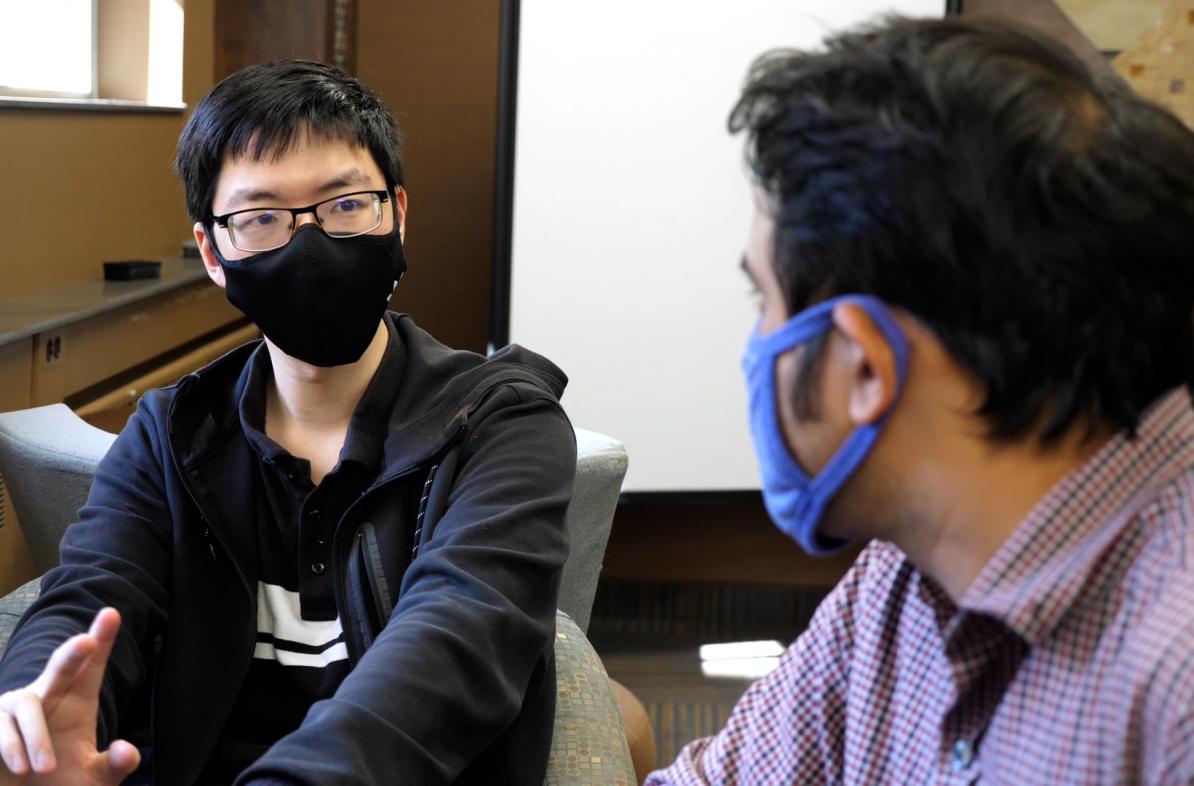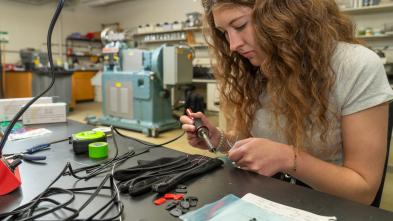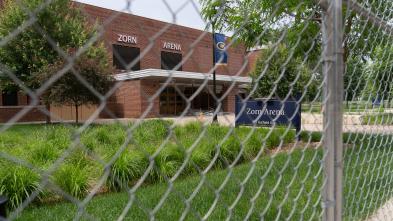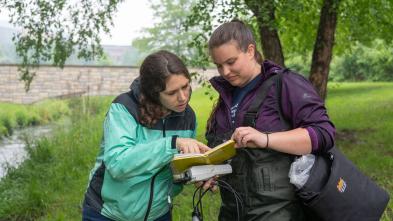Featured Image
For the media

Title
Research helps Blugold discover how computer science, health care intersect
Story Categories
Authored on
Research helps Blugold discover how computer science, health care intersect
Published on:
Intro text
Coming into college, Nichol He knew he wanted to study either computer science or pre-med, two very different academic areas that he assumed could only lead to two very different careers.
Sections
For the media
For the media
Image download


